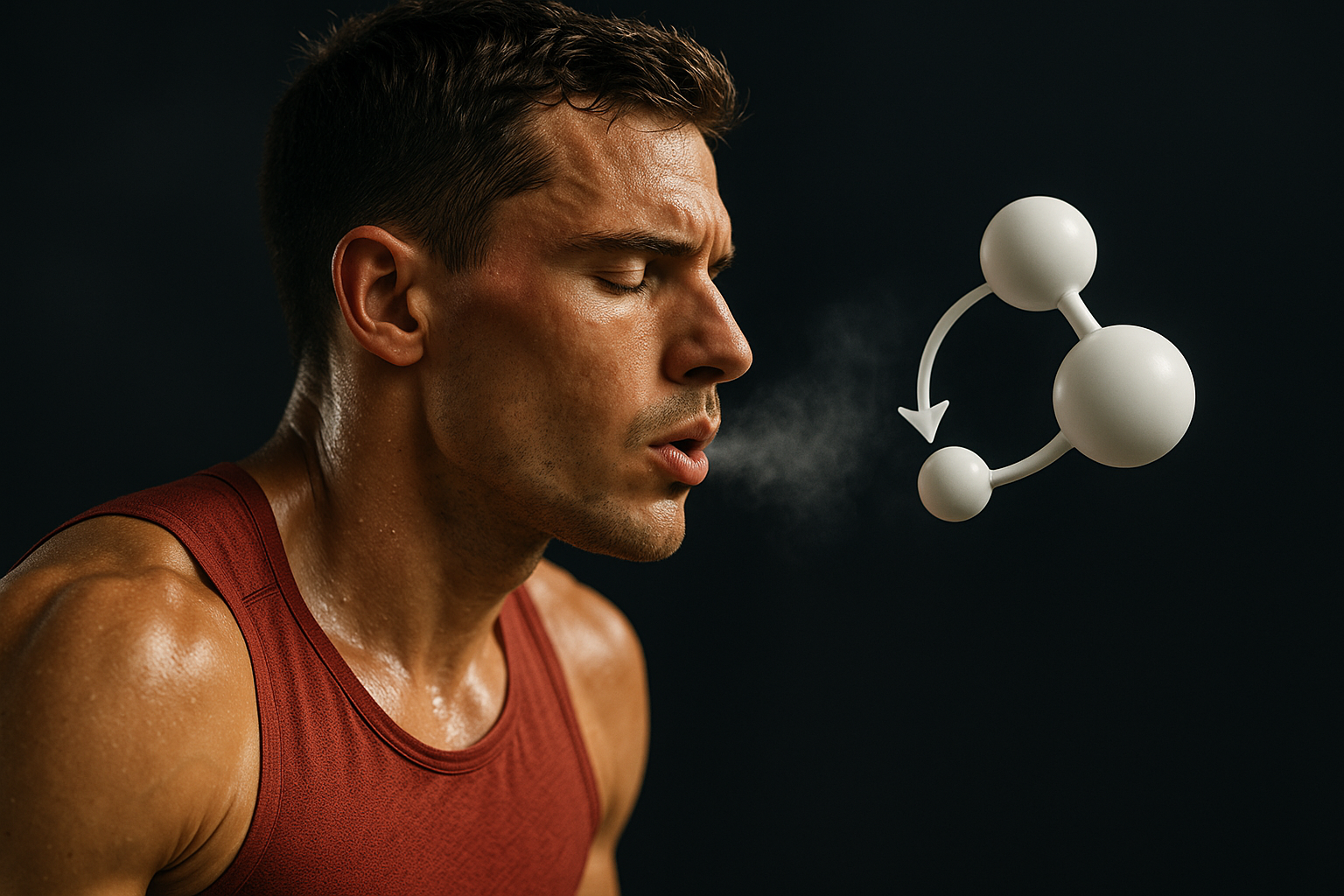Breathing Life into Performance: The Science of Oxygen Utilization in Athletes
Breathing seems so natural, so automatic – it's something we do every day, every moment, without giving it a second thought. But in high-performance sports, understanding the science of breathing and oxygen utilization is a game-changer. From marathon runners to professional swimmers, athletes around the globe are exploring how efficient oxygen use can enhance their performance and endurance.

From History to Modern Times: The Evolution of Breathing Techniques
The importance of breath control in sports is not a new concept. Ancient warriors and athletes were taught specific breathing techniques to improve their stamina and combat skills. Fast forward to the 21st century, sports scientists and trainers have taken this age-old wisdom and combined it with modern physiology to better understand how oxygen utilization impacts athletic performance.
The Breath of Champions: Current Trends in Oxygen Utilization
Today, with advancement in sports science, athletes are employing sophisticated techniques like hypoxic training, diaphragmatic breathing, and rhythmic breathing to improve their oxygen efficiency. These methods are not just confined to endurance sports; even high-intensity athletes are employing these strategies to gain an edge in their respective fields.
The Science behind the Breath: Benefits and Challenges
Efficient oxygen utilization can significantly improve an athlete’s endurance, performance, and recovery. However, mastering these techniques requires a deep understanding of one’s body, discipline, and consistent practice. Moreover, implementing these strategies without proper guidance can lead to hyperventilation or hypoventilation, which can adversely affect performance.
Breathing Techniques in Real World Sports
In the real world, athletes across sports disciplines are integrating advanced breathing techniques into their training regimes. From professional cyclists using hypoxic training to enhance their stamina to swimmers using rhythmic breathing to maintain their pace, the science of breath is breathing new life into sports performance.
In conclusion, the science of oxygen utilization has become an integral part of sports training. As we continue to explore and understand the intricacies of human physiology, the concept of breath control in sports will continue to evolve, offering athletes new ways to push their limits and redefine what’s possible.






